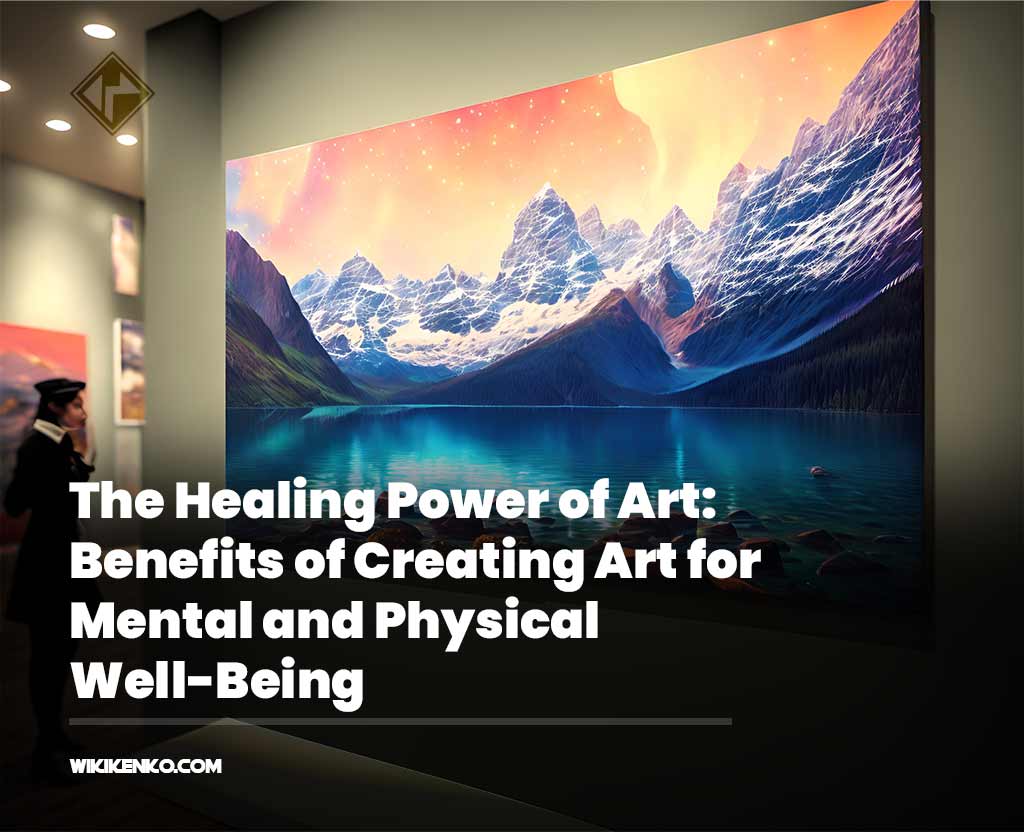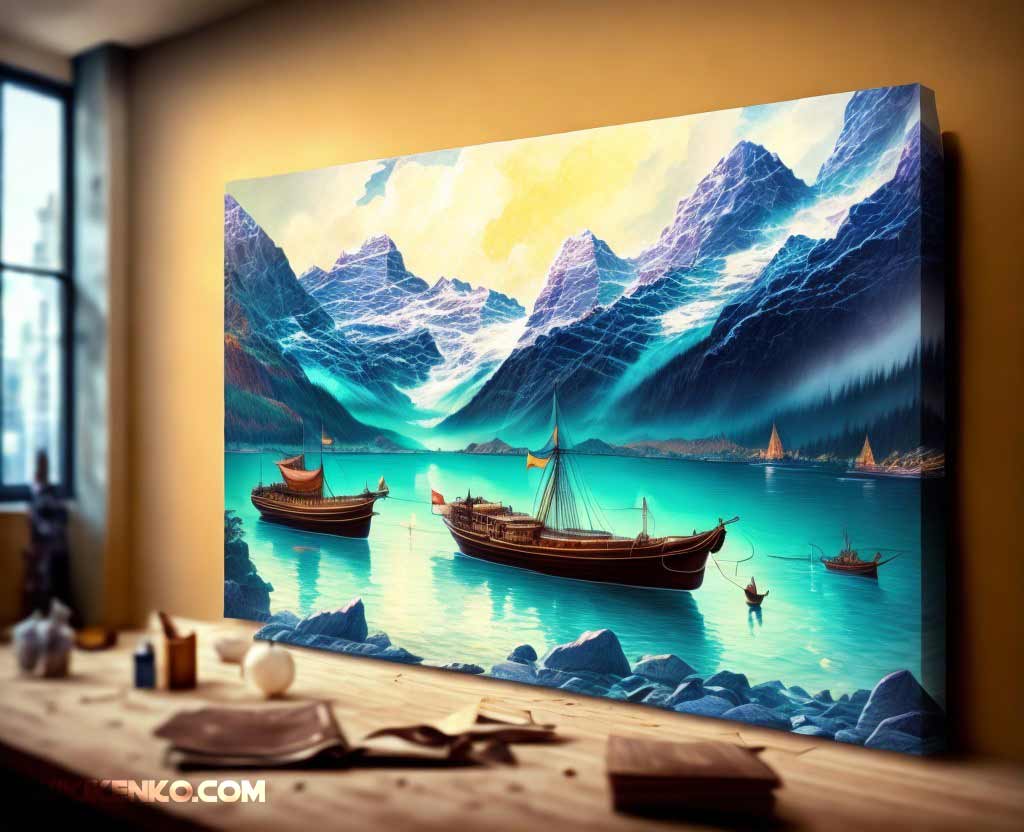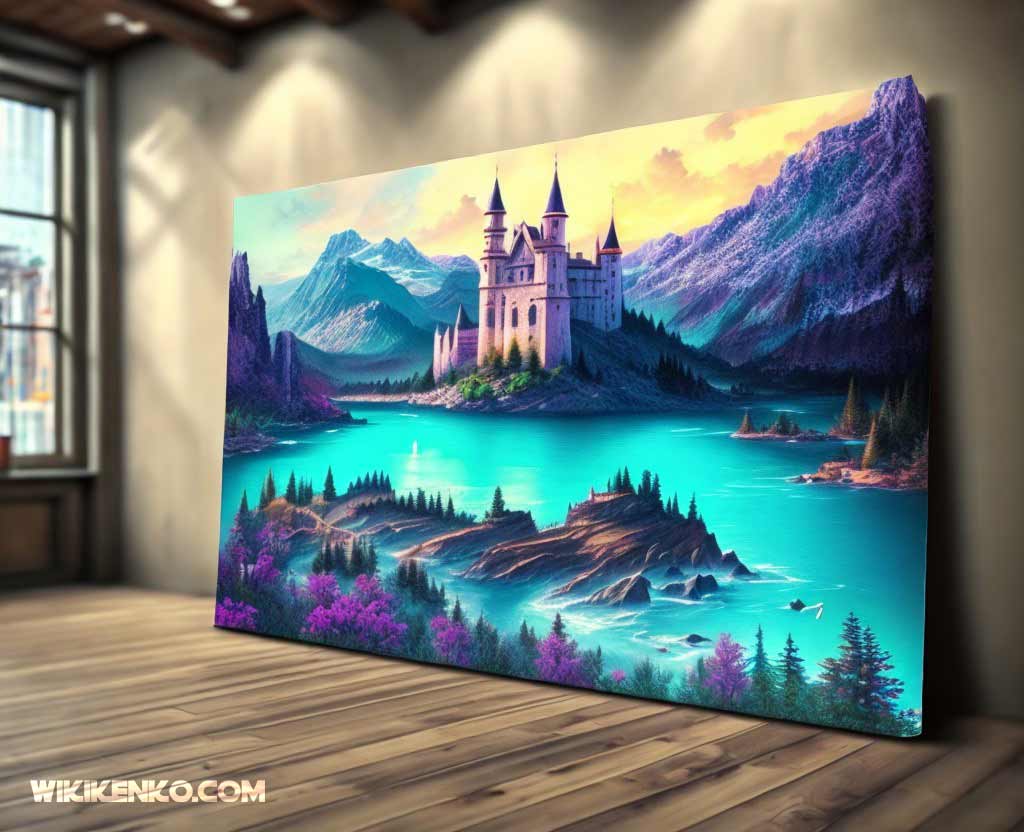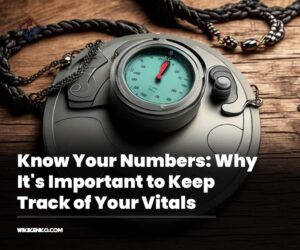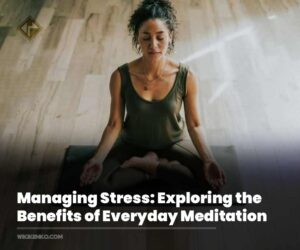Art is a form of creative expression that has been used for centuries to stimulate the brain, enhance emotional well-being, and promote physical health. Creating art has been proven to be therapeutic for people suffering from mental, physical, and emotional challenges.
In this article, we will explore the ways that creating art can promote healing and wellness, boost self-esteem, reduce stress, and stimulate problem-solving skills. We will also look at how creating art can improve mobility, fine motor skills, cognitive abilities, and memory. Additionally, we will discuss how creating art in a digital space can be a social endeavor and how sharing artwork can enrich the lives of others.
The Benefits of Creating Art for Mental and Physical Well-Being
Stimulates Creativity and Imagination
Artistic pursuits like drawing, painting, and sculpting stimulate creativity and imagination. These creative skills are often associated with right-brain thinking, which is more intuitive and imaginative. People who identify as more analytical or left-brained can also benefit from creating art, as it stimulates creativity and imagination that are often hidden under the analytical left brain.
Reduces Stress
Creating art can provide relaxation and help lower stress levels. It provides a healthy distraction, allowing your brain to take a break from your usual thoughts. When people struggle to think of new creative ideas or are not as motivated as they used to be, alternative products like Sativa can help boost creativity and get them back into the right headspace to create art.
Stimulates Problem-Solving
There is no right or wrong answer in art. Art stimulates and encourages “out-of-the-box” thinking and forces you to come up with your own unique solution. The process of creating art also helps stimulate problem-solving skills.
Increases Mobility and Fine Motor Skills
Holding and handling a brush or pencil will help eye-hand movements and stimulate brain connections at the same time the skill is being developed. Sketching, painting, sculpting, and crafting all help improve fine motor skills.
Promotes Cognitive Abilities and Memory
Creating art stimulates your brain and promotes cognitive abilities and memory, which is especially useful in patients with Alzheimer’s and dementia. It is thought that by drawing and painting, the resulting brain activity connects the right and left hemispheres of the brain and even stimulates the production of new brain cells. Care plans from groups like Home Care Heroes often include art activities to stimulate service users’ memories.
Can Be a Social Endeavor
Creating art in a digital space can be a social endeavor. You can collaborate and communicate with fellow artists and art appreciators from all over the world. There are plenty of sites like Behance, Deviantart, and Artists Inspire Artists which accept art submissions.
From the Earliest Cave Paintings
The benefits of creating art are numerous and varied, as discussed in the previous section. But what is it about art that provides these positive effects on the mind and body? How can you use art to improve your own emotional well-being and physical health?
One theory is that art taps into our innate desire for self-expression. Humans have been creating art for tens of thousands of years, from the earliest cave paintings to the most modern digital designs. Art allows us to communicate complex ideas and emotions in a way that words alone cannot always achieve. It is a universal language that can connect people across cultures and generations.
Creating art also involves the use of multiple senses and cognitive processes. When you paint, draw, or sculpt, you are engaging your visual and tactile senses, as well as your imagination and problem-solving skills. The act of creating art requires focus and attention to detail, which can be a form of mindfulness meditation. This can help reduce stress and promote relaxation.
Art Therapy
Moreover, art can be a form of therapy that complements traditional medical treatments. Many hospitals and healthcare facilities use art therapy as a way to promote healing and improve patient outcomes. Art therapy can be used to help patients cope with chronic pain, depression, anxiety, and other mental and physical health conditions. Art therapy can also help patients express difficult emotions and improve their communication skills.
Another way to use art to improve your emotional well-being is to simply view and appreciate it. Visiting art museums or galleries, attending concerts or theatrical performances, and reading books or watching films can all be sources of inspiration and entertainment. These activities can also provide opportunities for social interaction and connection, which are important for mental health.
Conclusion
Creating art is a powerful way to stimulate your brain, improve your emotional well-being, and possibly even get physically healthier. Whether you are an experienced artist or a beginner, there are many ways to incorporate art into your life. From painting to sculpting, to digital art, and even appreciating art made by others, there is something for everyone. So go ahead, pick up a paintbrush or a pencil, and start creating today!
FAQs
Is it necessary to have artistic talent to benefit from creating art?
No, everyone can benefit from creating art, regardless of their perceived level of talent.
Can art therapy be used in conjunction with other medical treatments?
Yes, art therapy is often used as complementary therapy to traditional medical treatments.
How can I incorporate art into my daily routine?
You can set aside a specific time each day or week to create art, or find ways to incorporate art into your daily activities, such as doodling during a meeting or taking a sketchbook on a nature walk.
Can viewing art have the same benefits as creating art?
Yes, viewing and appreciating art can be a source of inspiration and entertainment, and can promote emotional well-being.

